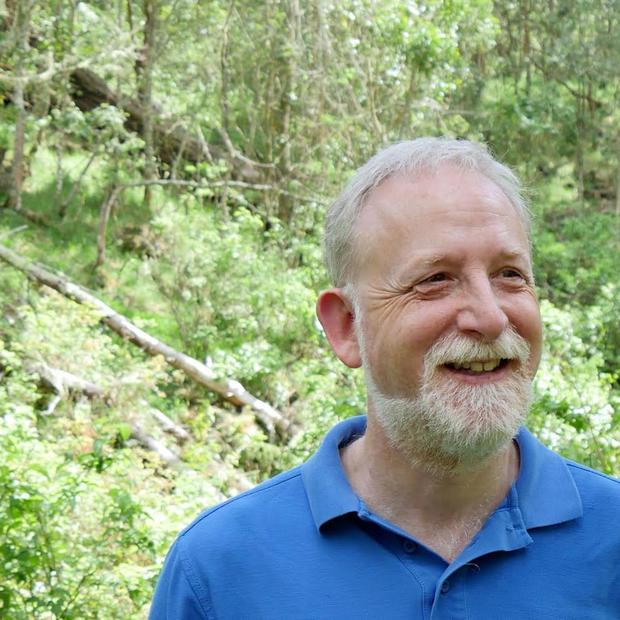Somehow my father, an urban planning professor, once obtained the copy of the the 1911 Bogue Plan of Seattle owned by J.W. Maxwell, who served on the Municipal Plans Commission that commissioned Bogue's work. For many years, I have used the plan as a coffee table provocateur. But in the days since the election I took a new look — and saw some messages from history.
The Bogue Plan is a classic 'êCity Beautiful'ê document of the era, emphasizing the grand boulevards of a Civic Center never achieved, new, numbered highways and rapid transit, parks and port facilities, all premised on 'êthe development of the Civic Idea, old as the human race'ê — building to accommodate future population. After all, Virgil Bogue was an engineer of some repute and veteran of railroad and port design and construction. For him, the Civic Idea was building, constructing and reshaping, beginning with the 'êtestimonies of the dim ages'ê which brought us 'êearth mounds of America and the lithic structures of Stonehenge.'ê
Nearly 100 years later, we struggle with the legacy of such plans, and how to achieve their unrealized grandeur while remaking their Robert Moses outcomes. Bogue did not mention walkable neighborhoods, compact development, or much green outside of large parks. Many would call the vision bold, yet hardly sustainable.
Still, he left a message — facing the plan'ês title page and reproduced below — reminding Seattle always to dream.



